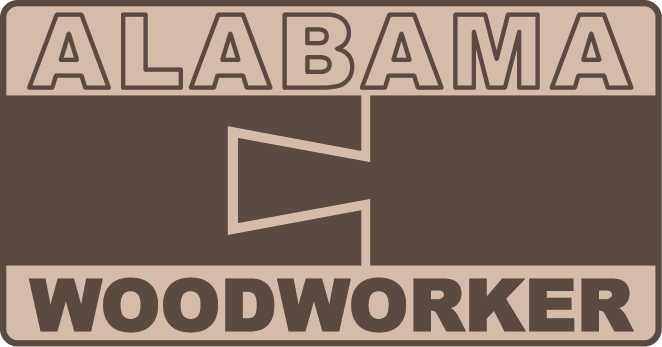A repair tenon that was gouged by a router bit
*This post is sponsored by The Home Depot
Links below are affiliate links, clicking on them helps me keep this site going at no extra cost to you . Thank you for supporting my site.
I was at the router table pattern routing the stretcher to a trestle table I was making. I’ve done this type of operation hundreds of times. It simple! Make sure you take off as much material off at the bandsaw as possible and you’ll get a nice smooth surface on the router table with a good sharp pattern routing bit. Then I got over confident and that’s when you make mistakes. Thankfully, I was able to correct that mistake using some clever techniques.
As I was pattern routing, I forgot to slow down towards the end make sure I did push my exposed tenon on the end of the stretcher into the router bit. Well, I got a little too zealous and BOOM! The tenon nicked the router bit and tenon shards went flying. I was in a panic. Literally sweating and almost sick to my stomach. I’ve already done so much work with the joinery and shaping that I’d literally be adding 3-4 hours to my build.
The end of the exposed tenon on the trestle table stretcher hitting the router bit
After I cooled down, I thought about how I could patch up this mistake. In cases where the tenon is concealed, this wouldn’t matter too much. However, the rounded exposed tenons are a design element to this trestle table and required that the tenon look flawless.
The first thing I did was cut the marred portion of the tenon out. That’s right, I cut out even more of the tenon to make sure the defect was perfectly plumb and square. I used a Japanese pull saw to do this. Unfortunately, I was in such a frenzy that I didn’t record myself doing this. I then find matching material. I wanted the end grain to be in the same orientation as the tenon. I cut the wooden strip on the table saw making sure the patch is the same thickness as the tenon.
Next I rough cut the length leaving just a little bit of material overhanging the end of the tenon. I’ll glue the patch in place and wait for the glue to set. Next I’ll use my Dremel 4V ROTARY TOOL to do the rough shaping. This is a delicate enough tool to make sure I don’t remove too much material, but powerful enough so that I’m not spending hours trying to remove material. Finally, I’ll do final shaping with a sanding sponge to get a smooth rounded tenon. Crisis averted!
Using my Dremel 4V Rotary Tool to do the rough shaping of the patch
The repair is hardly noticeable




